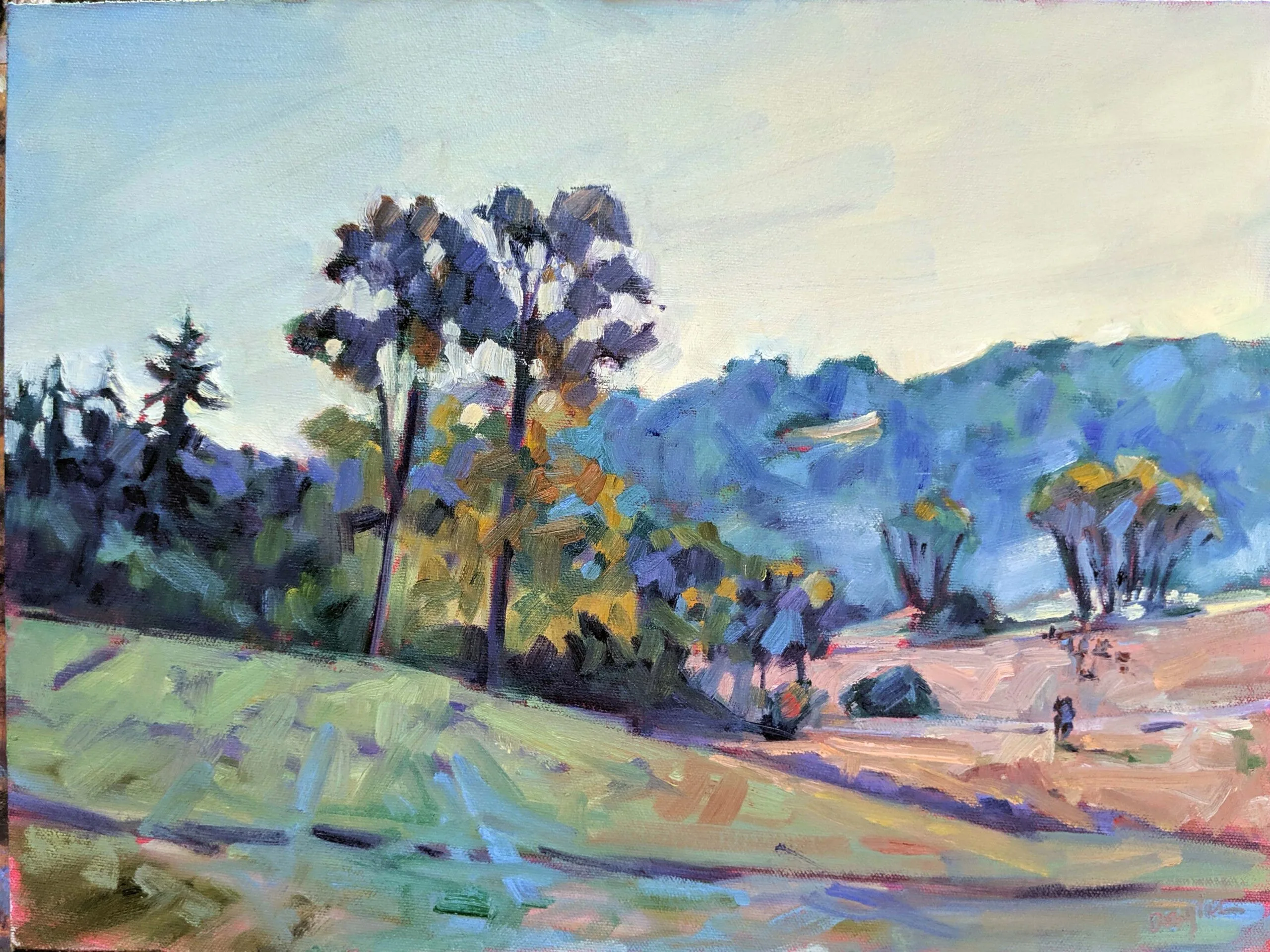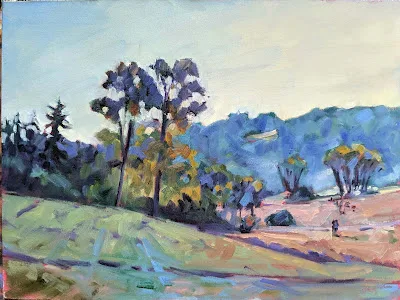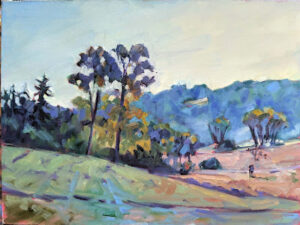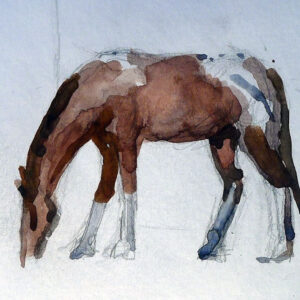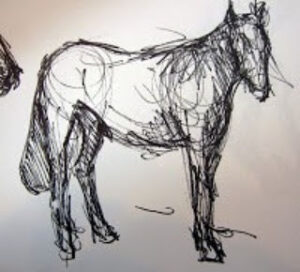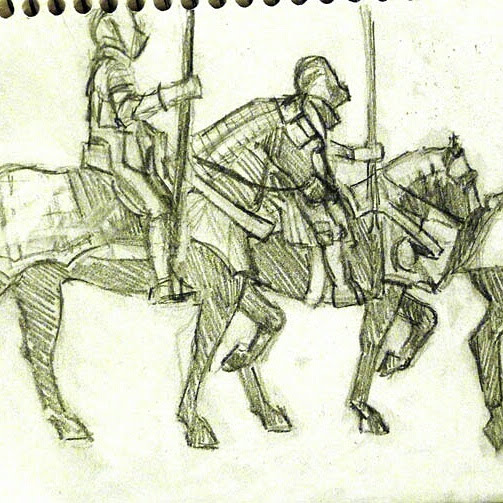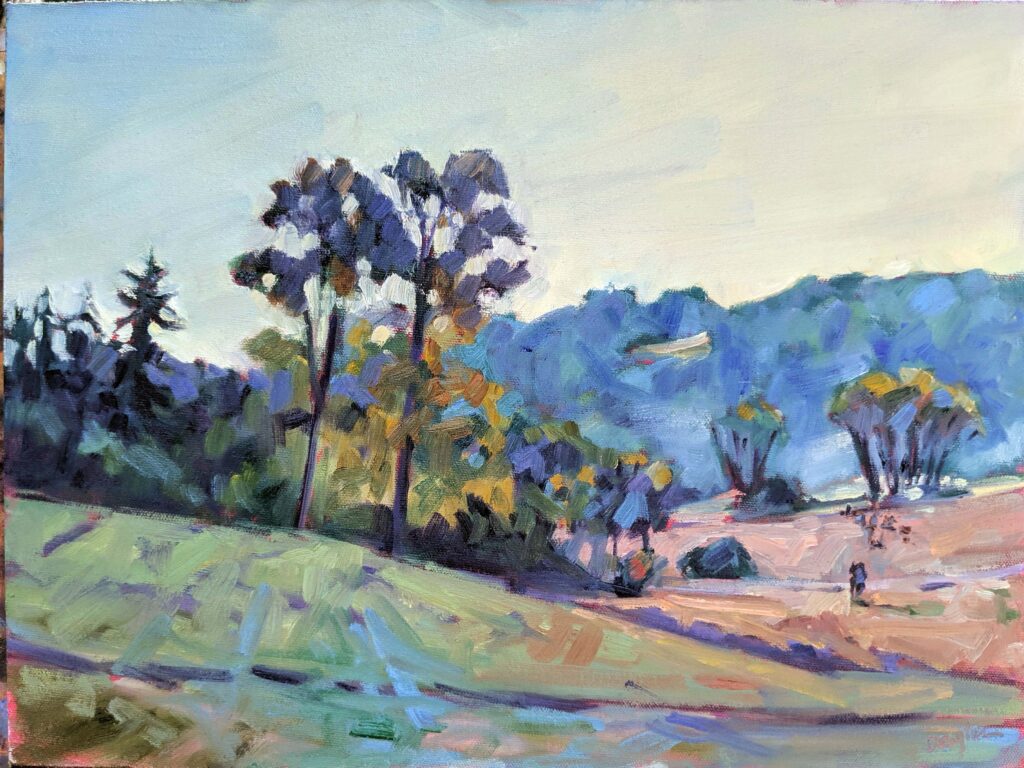
I don’t scrub out paintings I don’t like. Often, they are signposts for where I’m heading. This painting is slightly different, because I liked it when it was done, but it was different from much of my work at the time. However, it fits squarely into my oeuvre today.
“A real artist doesn’t need an eraser.”
I don’t know where this comment came from, but it’s destructive. Yes, I own an eraser and I use it all the time. That’s why I draw on Bristol instead of soft paper. ‘Real’ artists work and rework subject matter constantly.
What I think it is supposed to mean is, “don’t mind the imperfections and don’t overwork your paintings to get rid of all their perceived flaws.” I do agree with that. Just as we’ve blurred the line between real human bodies and the airbrushed bodies of influencers, we’ve all gotten used to online images with the weak spots airbrushed out. That can make our own efforts feel wonky to us.
Signposts
Fifteen years ago, I lived in Rochester, NY. It’s a city of indirect light. That tends to make for grey paintings. Today I live on the Maine coast, where things are much brighter. My palette has shifted to far brighter color.
When I first started moving in this direction, the heightened color felt garish. Today it feels natural. But to get to that point, I had to let go when things looked awkward. I’m talking here about color, but it’s true of every aspect of painting, from composition to drafting to mark-making. You won’t know if it’s a mistake until you spend time with it.
Is there such a thing as realism in landscape painting?
Gustave Courbet is considered the father of French realism, but it’s hard to not see the editorial in his work. The same is true of the English romantic John Constable and the American realist George Bellows. In fact, I can’t think of a single great landscape painter whose inner vision didn’t override what his eyes saw.
That’s a good thing, which is why we shouldn’t be too quick to snuff out what we see.
Horses
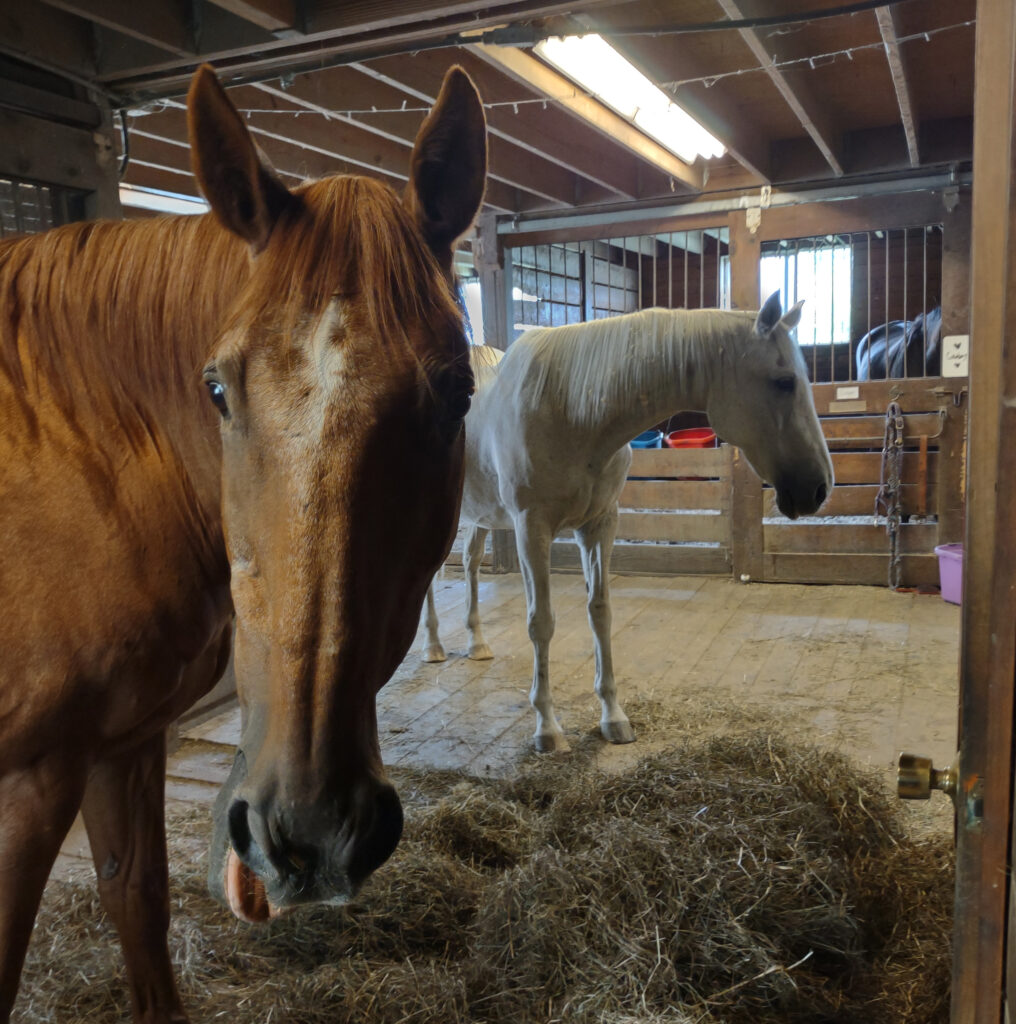
If you’ve spent any time with me, you know I love boats and the sea. I’m also rather partial to horses, which is why I set up to do this painting. In the distance, coming down the hill, is the Radnor Hunt, the oldest continuously-operated hunt club in the United States. Mostly, hounds and horses just milled around as they lost the scent, which is a far cry from what I thought the hunt was all about.
Reserve your spot now for a workshop in 2025:
- Advanced Plein Air Painting, Rockport, ME, July 7-11, 2025.
- Sea and Sky at Acadia National Park, August 3-8, 2025.
- Find Your Authentic Voice in Plein Air, Berkshires, MA, August 11-15, 2025.
- Immersive In-Person Fall Workshop, Rockport, ME, October 6-10, 2025.

